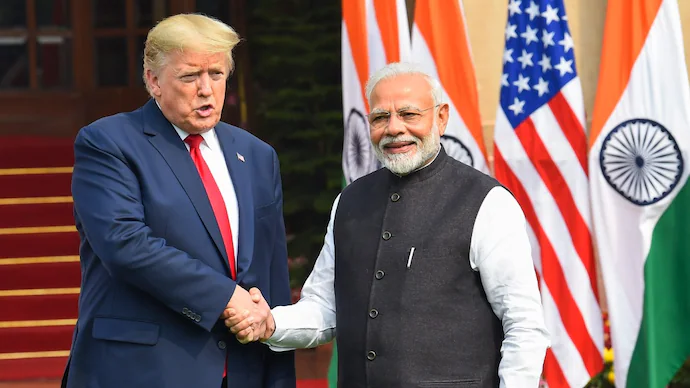India’s defence industry is changing dramatically, establishing itself as a key participant in the international defence ecosystem and the robustness of global supply chains.
Speaking at a significant defence conclave in New Delhi, Defence Minister Rajnath Singh stressed that India’s emphasis on indigenisation, innovation, and global leadership goes beyond securing its borders to include bolstering the stability and dependability of global defence supply chains.
The transition from import dependency to self-reliance is a crucial component of this change. Singh emphasised the government’s initiatives to shift the long-held belief that defensive equipment should be imported in favour of developing a strong domestic industrial complex that can both meet domestic needs and increase exports.
With aggressive goals of ₹30,000 crore this year and ₹50,000 crore by 2029, India now sells defence goods to almost 100 nations. The ‘Make in India, Make for the World’ paradigm, which seeks to establish Indian defence manufacturing as a global centre, serves as the foundation for this export-driven strategy.
The Minister emphasised that sustaining peace and tranquilly requires realistic deterrents, which are provided by domestic defence capabilities. Future wars are anticipated to be more brutal and unpredictable, he said, with new fronts opening up in the space and cyber realms as well as in narrative and perception warfare.
India is investing in technological improvements and ongoing capacity-building to address these issues. This includes partnerships with international companies like Safran, General Electric, and Rolls-Royce, as well as the development of domestic aircraft engines like the Kaveri project.
Using five Positive Indigenisation Lists (PILs) from the military and five more from Defence Public Sector Undertakings (DPSUs), Singh also provided an overview of the indigenisation drive’s development.
These lists, which comprise major equipment, military systems, platforms, and strategically significant components, set aside thousands of items for domestic acquisition.
From ₹40,000 crore in 2014 to over ₹1.27 lakh crore at present, domestic defence manufacturing has experienced extraordinary growth. It is anticipated to cross ₹1.60 lakh crore this year, with a target of ₹3 lakh crore by 2029.
The drive for indigenous production is also intended to protect India’s defence industry from interruptions in the global supply chain, guaranteeing both national security and strategic independence.
Singh reaffirmed that India’s increasing military might is meant to serve as a credible deterrent, upholding peace via force, rather than inciting conflict.
Through independence, innovation, and export expansion, India’s defence industry is poised to contribute significantly to the robustness of the global supply chain while also bolstering national security and getting ready for the changing landscape of contemporary conflict.



